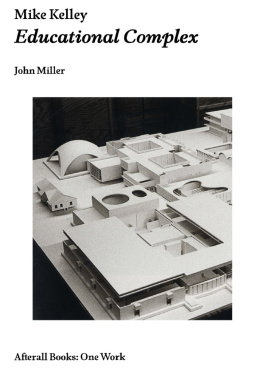The history of Paris began on an island in the Seine over two thousand years ago, and the first thousand years were marked by successive invasions by Romans, Huns, Franks, and Vikings.
During the third century BC, a Celtic tribe called the Parisii lived in the region of present-day Belgium, which was then part of Gaul. The Senones, one of the oldest tribes then living in Gaul, established around todays city of Sens in Burgundy, allowed the Parisii to settle in the northern part of their territory on an island in the Seine that would later be known as the le de la Cit. As recounted by Julius Caesar in his Commentaries on the Gallic War, the Romans invaded Gaul in 58 BC and defeated the Gauls led by Vercingtorix at the Battle of Alsia in 52 BC. That same year the Parisii were defeated by General Titus Libenius near the present-day Champ de Mars. The Romans established the city they called Lutetia ( Lutce) on the le de la Cit and the hill on the Left Bank, and remained there for more than five hundred years until their defeat by the Franks in AD 486.
Under the Romans, the island was connected to the right and left banks of the river by wooden bridges known as the Grand Pont(Big Bridge) and Petit Pont(Little Bridge), respectively.
On the island, the Romans built a temple on the site of present-day Notre Dame Cathedral, in front of which were baths and a port for the delivery of goods, as well as the Pillar of the Boatmen ( Pilier des Nautes), which is the oldest monument in Paris (AD 1437) and is on display at the Muse de ClunyMuse National du Moyen ge (Cluny MuseumNational Museum of the Middle Ages, which opened in 1844); vestiges can be seen in the Crypte Archologiquebelow the Parvis Notre-Dame. The ruins in the crypt are 13 feet/4 meters below the surface of the parvis(square) today, which indicates how much higher the island has been built over the past two thousand yearsamong other reasons, to avoid the catastrophic floods that occurred regularly throughout the history of Paris.
Figure 6. The Arena of Lutetia, 1813. PHOTOGRAPHER UNKNOWN.
The Romans built a new city on the Left Bank, since it was high and dry, whereas the Right Bank was a marsh ( marais). They constructed a Forum at the top of what is now the Montagne Sainte-Genevive (near where the Panthon now stands), then known as Mount Lucotitius, and three large baths, including les Thermes du Nord(the largest, also called les Thermes de Julien), which are now part of the Muse de Cluny, the Thermes de lEstlocated at the current Collge de France, and baths that were located in the Forum but no trace of which exists today. To supply the baths with water, in the first century AD the Romans built the Aqueduct of Arcueil, which transported water 16 miles/26 kilometers from Wissous (near Orly Airport). About the same time, they also built an amphitheater ( Arnes de Lutce) capable of holding seventeen thousand spectators (entrance at 49 Rue Monge, 5 e ). Given the capacity of the amphitheater, the population of Paris at the time of its construction may have been around thirty thousand.
On the marshy Right Bank, the Romans built a temple to Mars on top of what is now called Montmartre.
Most visible today of the Roman constructions is the cardo maximusthe principal north-south road in the center of Roman cities: the Rue Saint-Jacques on the Left Bank (which in the Middle Ages became part of the pilgrims route to Saint Jacques de Compostelle, or Santiago de Compostela, in northwestern Spain), which continues north across the Petit Pont onto the le de la Cit, then across the Grand Pont (now the Pont Notre-Dame) to the Rue Saint-Martin on the Right Bank, which led to the monastery Saint-Martin-in-the-Fields. (The Rue Saint-Denis was a second cardoon the Right Bank.) The principal east-west road on the Left Bankthe decumanuswas around todays Rue Cujas, just below the Panthon. The Forum was constructed at the intersection of the cardoand the decumanus. The principal east-west road on the Right Bank was along what is now the Rue (formerly Cours) Saint-Antoine, which led from the Grand Pont across the marshes to Melun.
According to the Historia Francorumwritten in the sixth century by Grgoire, the bishop of Tours, the pope sent Denis to Lutetia in AD 250 to convert its inhabitants to Christianity.



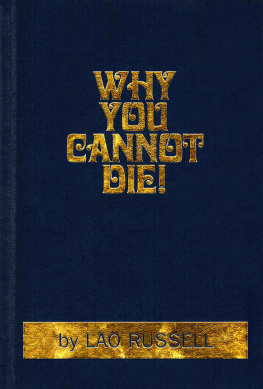



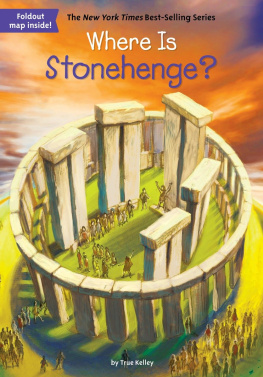
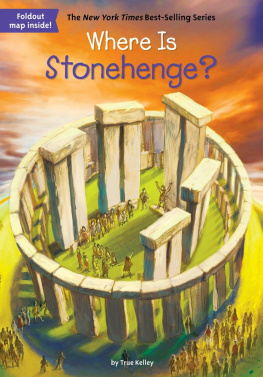
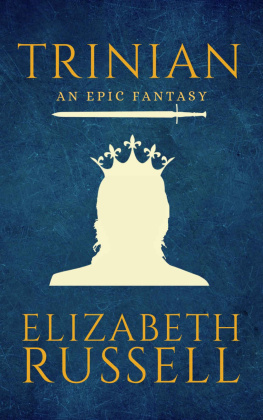
![W. Michael Kelley [W. Michael Kelley] - Calculus I](/uploads/posts/book/119087/thumbs/w-michael-kelley-w-michael-kelley-calculus-i.jpg)

